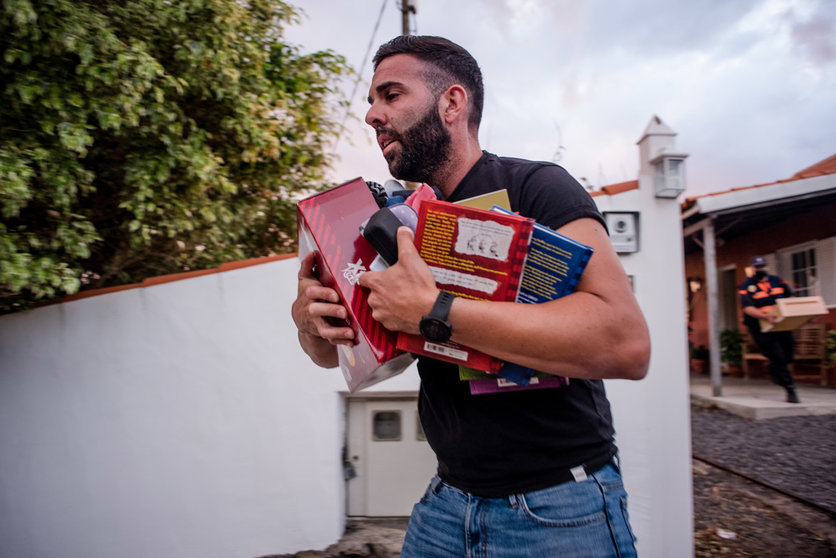The volcanic eruption on the Canary island of La Palma is resulting in increasing amounts of damage.
So far, more than 160 buildings have been destroyed by the lava, state television broadcaster RTVE reported early on Tuesday.
More than 100 hectares are already covered with a thick black layer of lava. It is running about 1,000 degrees Celsius and is now coming out of nine vents in the area of Cumbre Vieja, in the south of the Spanish island.
According to civil defence workers, the number of evacuees has increased to almost 6,000. Most of them were reportedly accommodated by relatives or in private homes in other parts of the island. There were still no casualties, the authorities stressed.
The lava was expected to reach the west coast of the small Atlantic island later in the day.
The authorities warned that toxic gases would be produced when the glowing hot lava plunged into the sea. Not only would there be an explosive evaporation of seawater, but when the lava came into contact with the salty water, hydrochloric acid and fine volcanic crystals would also be produced. These can cause irritation to the skin, eyes and respiratory tract.
The various lava flows had slowed down, however, so it was unclear exactly when they would reach the coast.
The volcano had become active again on Sunday for the first time in 50 years.
Sanchez promised help
Spanish Prime Minister Pedro Sanchez, who was supposed to travel to the UN General Assembly in New York, had flown to La Palma instead, where he promised help to those affected with as little bureaucracy as possible.
La Palma is located in the very north-west of the Canaries, a group of islands of volcanic origin in the Atlantic Ocean off the west coast of Africa.
It is 85 kilometres from the nearest larger island, Tenerife, which is also very popular with tourists, and 57 kilometres from La Gomera.
There is no mass tourism on La Palma like on the better-known Canary islands of Tenerife, Gran Canaria, Fuerteventura and Lanzarote.











